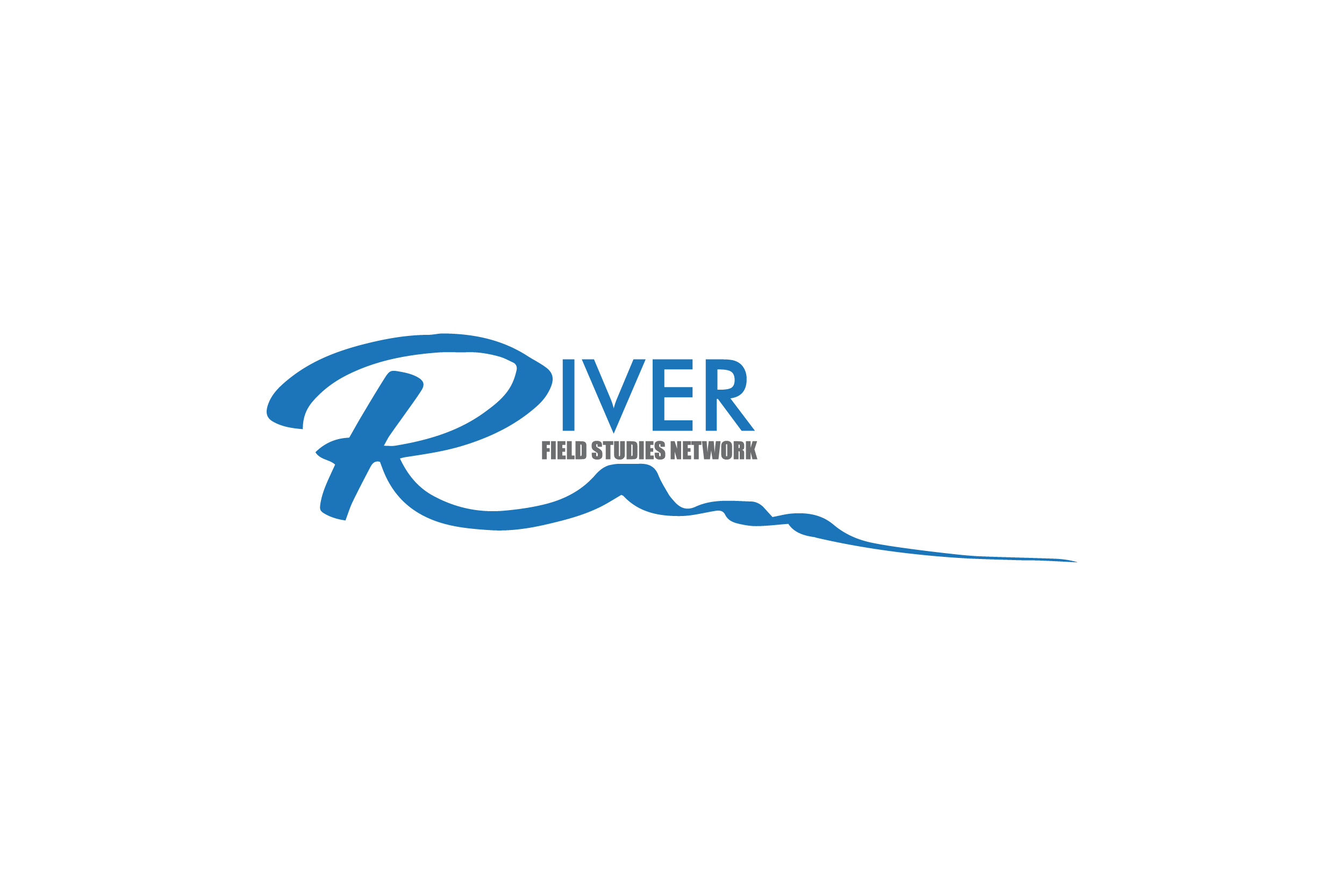The River Breathes: Stream reach metabolism as an integrative and comparable measure of stream processes
Author(s): Elise Chapman1, Aaron Koning2
1. University of Tennessee at Chattanooga 2. University of Nevada, Reno
531 total view(s), 1214 download(s)
Whole-stream metabolism lesson 17Jan2023.pdf(PDF | 735 KB)
Diel Dissolved Oxygen Curve Matching Game Setup and Directions.pdf(PDF | 11 KB)
USA-Alaska-Oksrukuyik Creek - Labeled Oxygen Curve(PDF | 5 KB)
USA-Alaska-Oksrukuyik Creek - Map(JPG | 1 MB)
USA-Alaska-Oksrukuyik Creek - Unlabeled Oxygen Curve(PDF | 5 KB)
USA-Arizona-Middle Verde River-Labeled Oxygen Curve(PDF | 5 KB)
USA-Arizona-Middle Verde River-Map(JPG | 2 MB)
USA-Arizona-Middle Verde River-Unlabeled Oxygen Curve(PDF | 5 KB)
Australia-Lachlan River-Labeled Oxygen Curve(PDF | 5 KB)
Australia-Lachlan River-Map(JPG | 1 MB)
Australia-Lachlan River-Unlabeled Oxygen Curve(PDF | 5 KB)
Israel-Yarqon Stream-Labeled Oxygen Curve(PDF | 5 KB)
Israel-Yarqon Stream-Map(JPG | 1 MB)
Israel-Yarqon Stream-Unlabeled Oxygen Curve(PDF | 5 KB)
USA-North Carolina- Ellerbe Creek-Labeled Oxygen Curve(PDF | 5 KB)
USA-North Carolina- Ellerbe Creek-Map(JPG | 2 MB)
USA-North Carolina- Ellerbe Creek-Unlabeled Oxygen Curve(PDF | 5 KB)
USA-Oregon- McRae Creek-Labeled Oxygen Curve(PDF | 5 KB)
USA-Oregon- McRae Creek-Map(JPG | 3 MB)
USA-Oregon- McRae Creek-Unlabeled Oxygen Curve(PDF | 5 KB)
Puerto Rico-Icacos River-Labeled Oxygen Curve(PDF | 5 KB)
Puerto Rico-Icacos River-Map(JPG | 2 MB)
Puerto Rico-Icacos River-Unlabeled Oxygen Curve(PDF | 5 KB)
Sweden-AbiskoM1 -Labeled Oxygen Curve(PDF | 5 KB)
Sweden-AbiskoM1 -Map(JPG | 3 MB)
Sweden-AbiskoM1 -Unlabeled Oxygen Curve(PDF | 5 KB)
USA-Wisconsin-Black Earth Creek -Labeled Oxygen Curve(PDF | 5 KB)
USA-Wisconsin-Black Earth Creek -Map(JPG | 2 MB)
USA-Wisconsin-Black Earth Creek -Unlabeled Oxygen Curve(PDF | 5 KB)
Diel Stream Metabolism Data Analysis.xlsx(XLSX | 30 KB)
- License terms
Description
This resource is a field lesson in river ecosystem metabolism including:
1. A lesson plan that is a lengthy document detailing notes to instructors, content for the lesson, materials list, in field and analysis procedures and useful references.
2. Directions and files for the Diel dissolved oxygen curve matching game (3 files a piece for 9 locations around the world).
3. Data Analysis spreadsheet.
In this field lesson, students will begin with an individual or group reflection on the process of metabolism going on in their own bodies and the exchange of gasses that occur while breathing to provide context and connection to the topic of ecosystem respiration, in case not introduced previously. Next students will be presented an overview of river metabolism as estimated by dissolved oxygen measures and basics about the river(/stream) reaches to be used. This will include basic watershed, geomorphic, and biotic information. Students will then generate predictions and explore dissolved oxygen in the study reach. This background will inform deployment site selection. After discussion to determine proper placement and observing a demonstration of dissolved oxygen logging probe use and deployment, students will deploy an oxygen logger properly for (at least) a 24-hour period. A diel dissolved oxygen curve matching game then provides students opportunity to apply knowledge gained during the entire field lesson to compare streams from around the world. After retrieval, students will calculate reach metabolism values using the data collected. The lesson will ideally be done at base flow conditions at wadeable reaches of run habitat (well-mixed, smooth surface and mostly unidirectional flows are best) over the course of a clear and sunny day. The diel dissolved oxygen curve matching game and replicating this field lesson in space and time will highlight the relative importance of the key drivers of ecosystem metabolism.
Cite this work
Researchers should cite this work as follows:
- Chapman, E., Koning, A. (2023). The River Breathes: Stream reach metabolism as an integrative and comparable measure of stream processes. River Field Studies Network, QUBES Educational Resources. doi:10.25334/JNSK-E151
